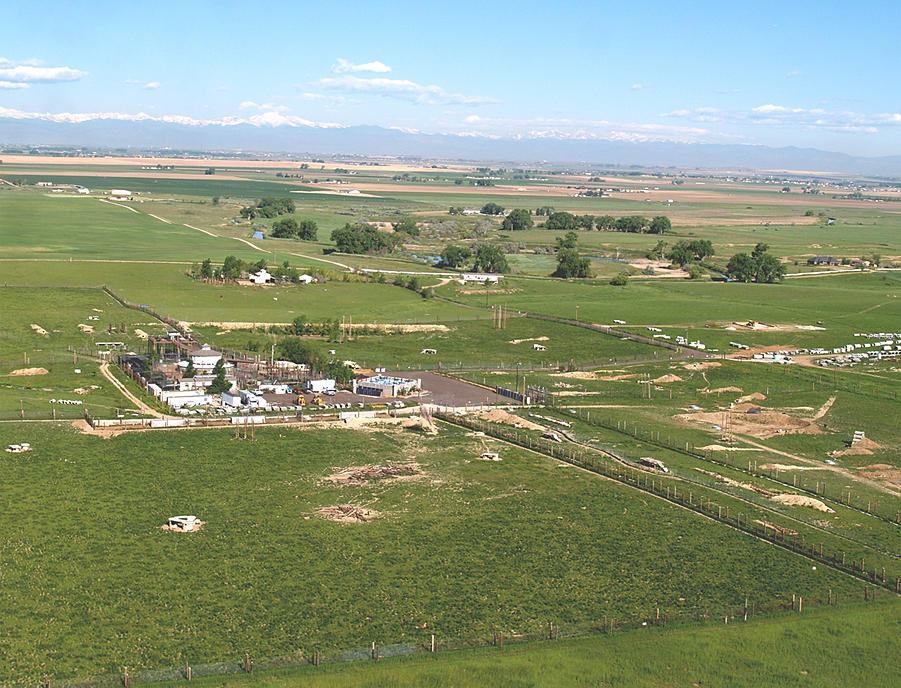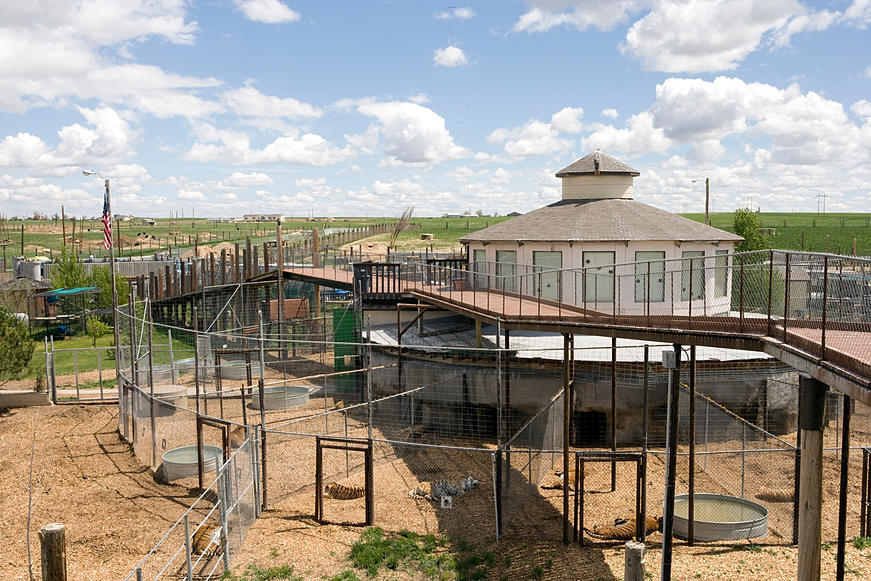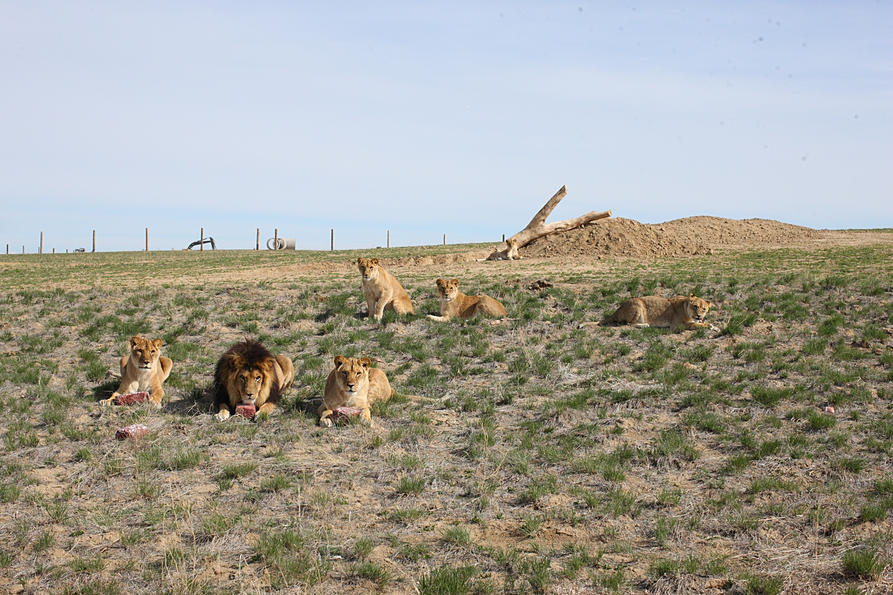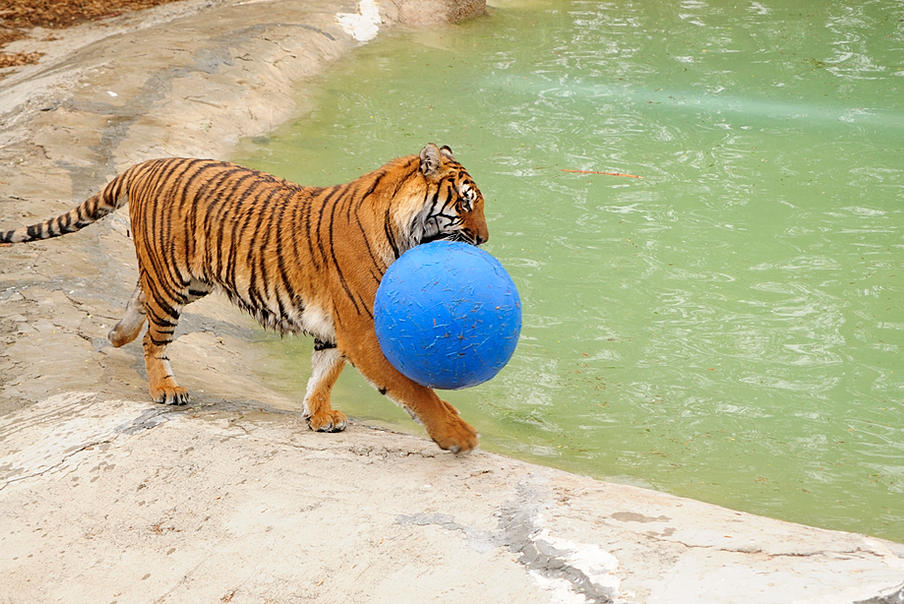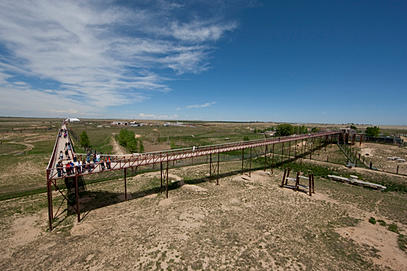Last week, I talked about the controversy of zoos - whether it is a form of education or cruelty. I ended off the post by mentioning having natural sanctuaries instead of zoos.
What are natural or wildlife sanctuaries and how is it different from zoos?
- Wildlife sanctuaries take in and care for animals that have been abused, neglected or abandoned
- They rehabilitate them and either return them back to the wild or take care of them for the rest of their lives
- Breeding or commercial exploitation of animals is a no-no
- Wildlife sanctuaries do not advocate close contact between humans and animals and minimise it as much as possible
The Wild Animal Sanctuary takes in mostly carnivores that were once in captivity and suffered from human mistreatment. They operate on 720-acre refuge, 30 miles Northeast of Denver. (The Wild Animal Sanctuary, n.d.)
All pictures below are taken from The Wild Animal Sanctuary.
The Tiger Roundhouse
Playful tiger
"Mile into The Wild"
One of the doubts I had was that the elevated pathway actually increased the animals' interaction with humans which resembles a zoo, but one of the interesting things I learnt was that large carnivores and most animals do not consider air and sky to be their territory and hence, those animals in the sanctuary don't get stressed out like animals in the zoo who face humans on their level. How cool is that!
Do visit their website to clear some of your doubts!
While animal sanctuaries sound like a really good idea, it is also difficult to determine whether a sanctuary is being ethically responsible. Thus, it is important to do your research before visiting an animal or wildlife sanctuary. In my opinion, one of the easiest ways to determine whether a wildlife sanctuary is being responsible is whether they allow human interaction with animals, which is a big NO-NO.
Thank you for reading!
References:
Mansbridge,
P. (2015). How Animal ‘Sanctuaries’ Aren’t Always What They Seem.
[online] One Green Planet. Available at:
http://www.onegreenplanet.org/animalsandnature/how-animal-sanctuaries-arent-always-what-they-seem/
[Accessed 20 Sep. 2015].
The
Wild Animal Sanctuary, (n.d.). The Wild Animal Sanctuary. [online] Available
at: http://www.wildanimalsanctuary.org/ [Accessed 20 Sep. 2015].
